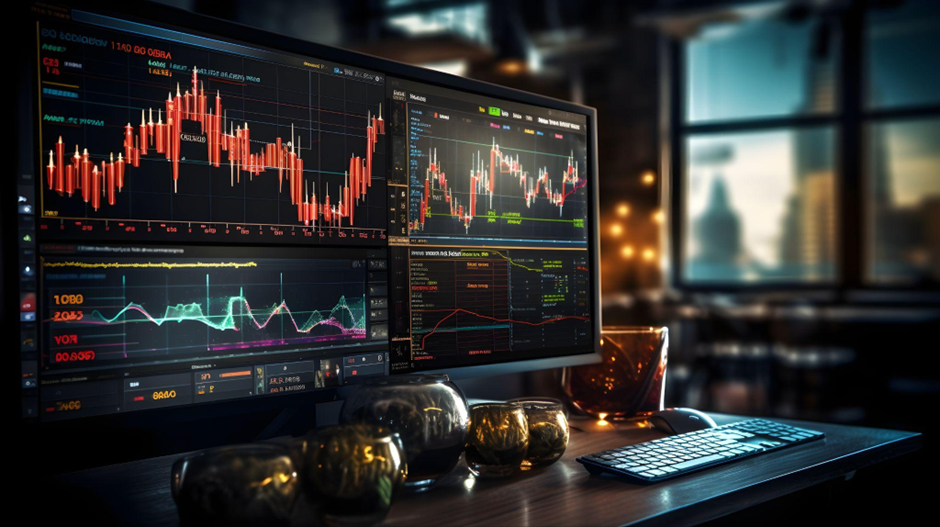What are indicators in trading? What is their real efficacy? How should you use them in your systematic trading strategies? We’ll answer all of these questions in this article.
What Are Indicators in Trading
Indicators are instruments that can help the trader interpret the market.
They use mathematical calculations that are based on historical data such as the opening, closing, high, or low prices of a particular range of bars. These calculations are intended to predict future price movements, providing a trader with entry and exit signals.
Simply put, indicators analyze historical data to predict how the price of a financial instrument will behave in the future. The moment certain market conditions are met, indicators send specific signals to the trader. This is why indicators are particularly valued by some traders.
Types of Indicators
Before we look at a list of the most commonly used indicators, let’s have a look at some macro categories into which the different indicators are separated.
Trend indicators
Trend indicators such as moving averages use an average of prices to identify bullish or bearish trends. When prices move above the average, a bullish trend is likely to occur. When prices fall below the average, a bearish trend is likely to occur.
Traders use these indicators to understand whether there’s a market trend and whether it’s bullish or bearish.
Oscillators
Oscillators are useful for determining when a financial instrument is overbought or oversold.
These signals can help the trader know when to short, typically in overbought conditions, or when to remain long, usually in oversold conditions.
The most commonly used indicators for trading
Let’s now look at some specific indicators. We won’t go into too much detail, but if you’d like to learn more about individual indicators, you’ll find links to some of our more detailed resources.
-
ADX: Average Directional Index, or ADX, is an indicator that can be used to determine the strength of a trend.
-
Bollinger Bands: an indicator used to measure the volatility of a market and recognize overbought or oversold conditions.
-
RSI: Relative Strength Index helps traders measure the price movements of a financial instrument, thereby identifying the relative strength of that asset compared to the rest of the market.
-
MACD: Moving Average Convergence/Divergence, is used to identify changes in the strength, direction, and duration of a trend.
-
Linear regression: an indicator that makes it easy to read the general direction of a price over a specific period.
-
Round numbers: rounded price thresholds that facilitate the trader’s operations.
-
Pin bars: graphical figures indicating price reversals.
-
Trend lines: dynamic support lines that are drawn on charts to highlight market trends.
How to Use Indicators in Systematic Trading
It’s important to remember that indicators are not a magical key you can use to suddenly improve your performance.
Indicators should be used for what they are: instruments that can, in some cases, help identify patterns or market conditions that would otherwise go unnoticed.
In this video, Andrea Unger explains in detail how indicators should be used:
As you see in the video, our advice isn’t to use indicators like the North Star in your trading strategies, for two reasons:
#1 Their efficacy is limited. Over many years of trading, we tried many times to apply numerous indicators to find a viable entry point, but these attempts always proved unsuccessful.
#2 The indicators are affected by market noise. The smaller the time frame used, the less accurate the indicator will be. And if the time frames are small enough, the indications can even be misleading.
So, our advice is to use indicators as operational filters. As you see in the video, one of Andrea Unger’s favorites is ADX. If you want to see a practical example of how we use this indicator in our strategies, here you’ll find a video with a real case study.
Conclusion
Indicators can support your strategy, but an indicator on its own is not a strategy.
At Unger Academy, we have hundreds of market-proven systems, and none of them are based solely on indicators. However, used as filters, they can produce very interesting results.










